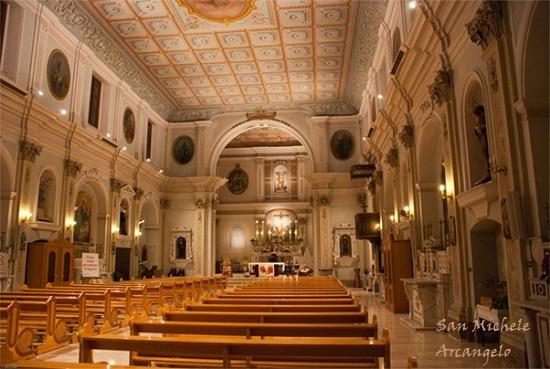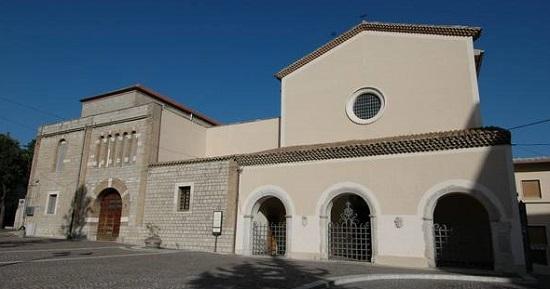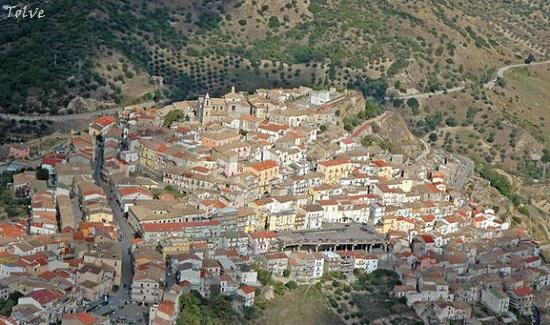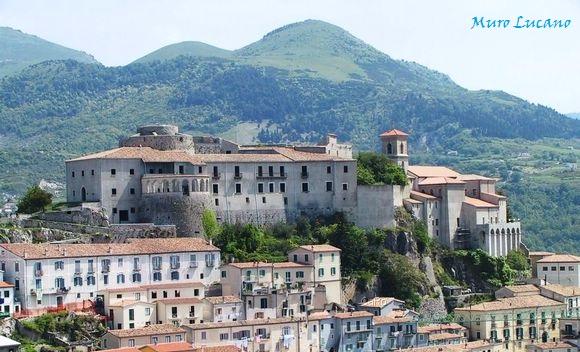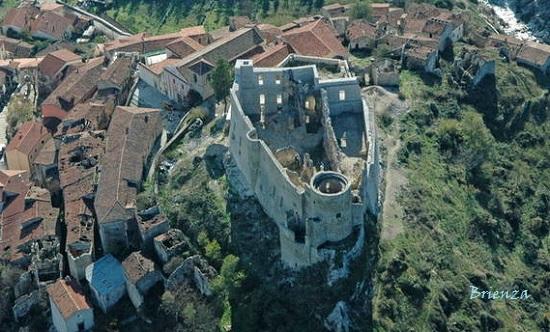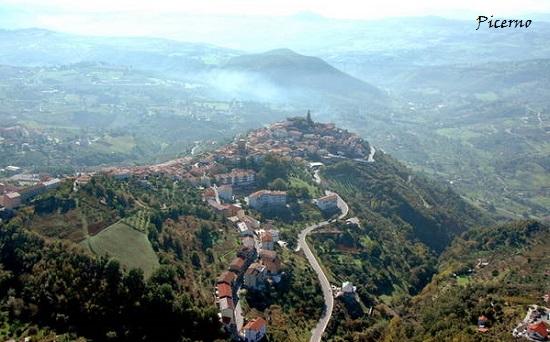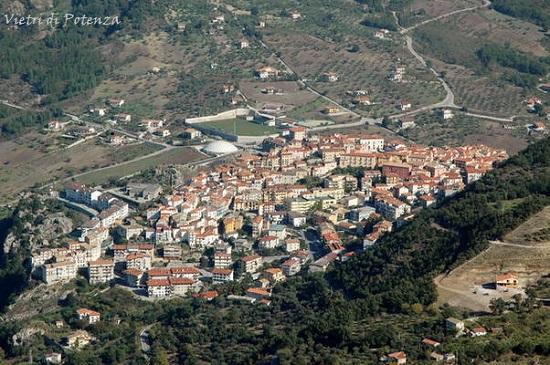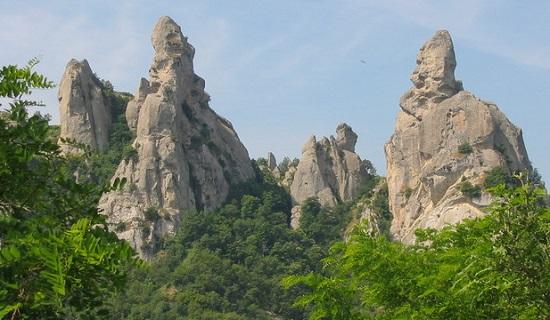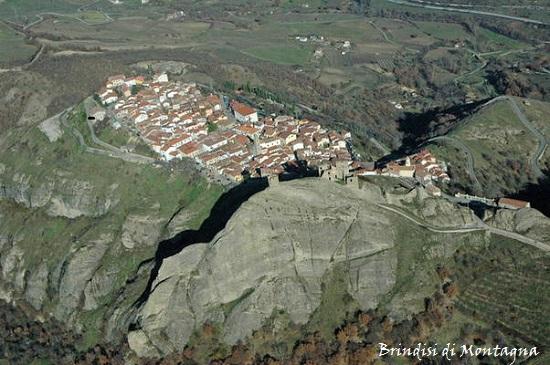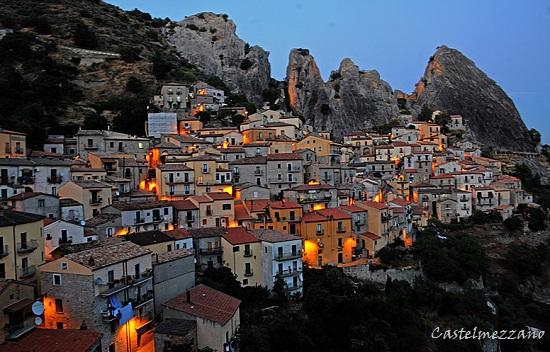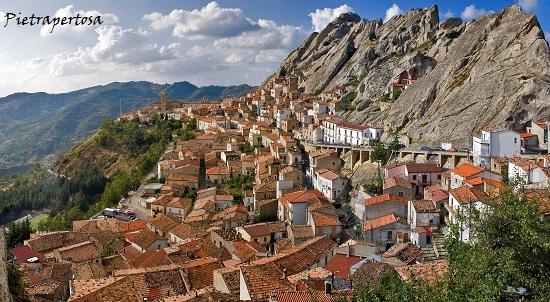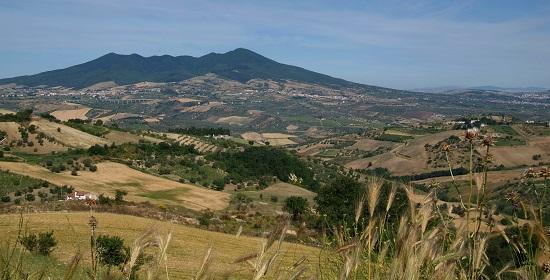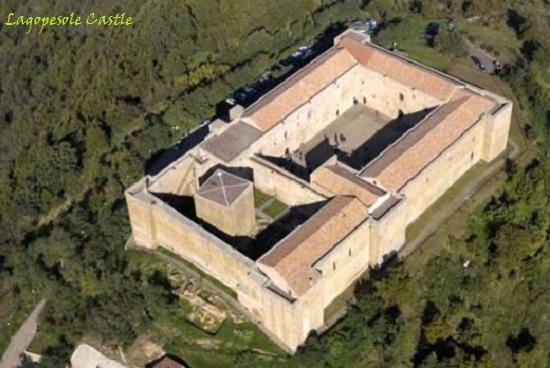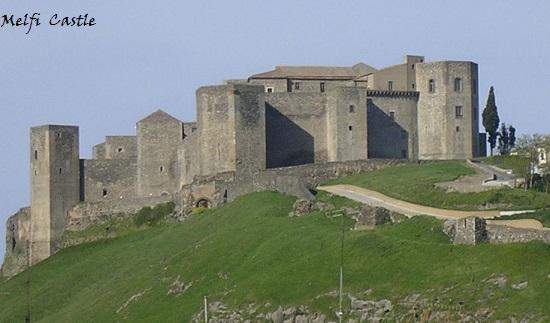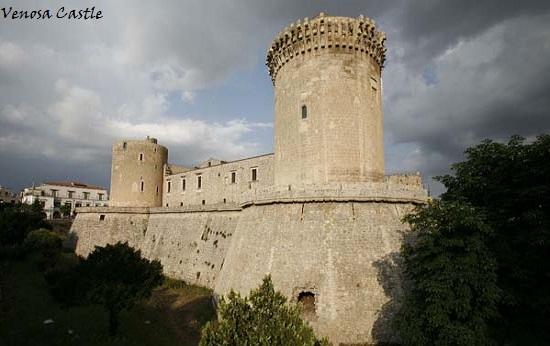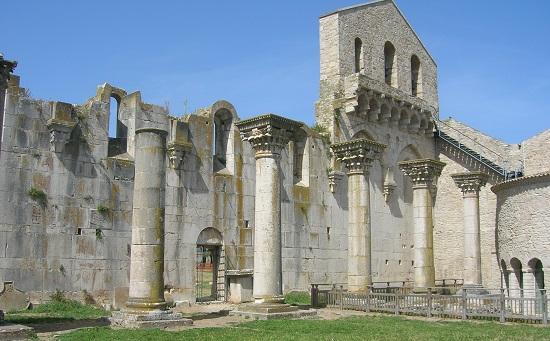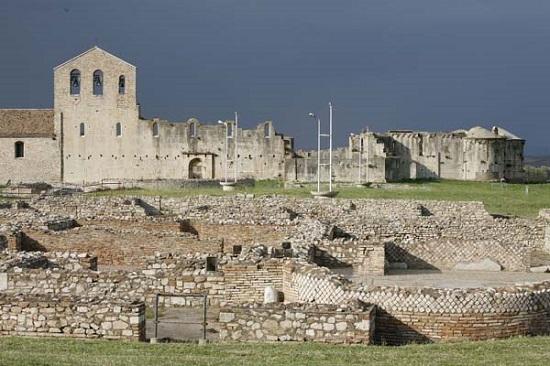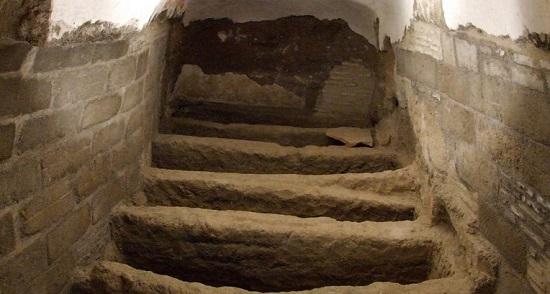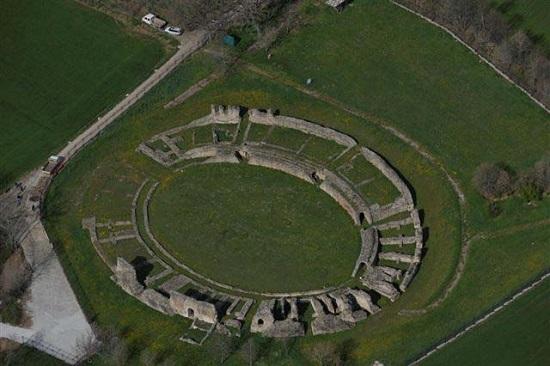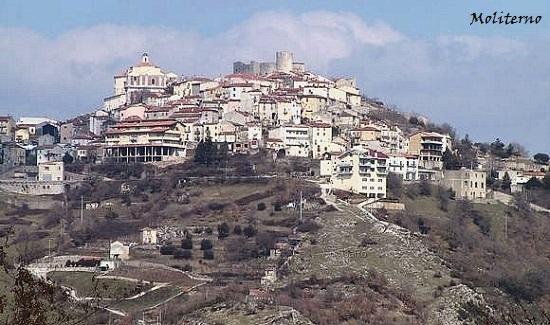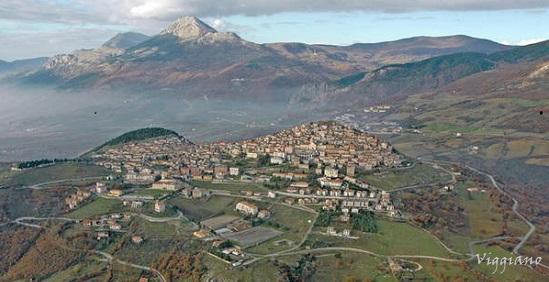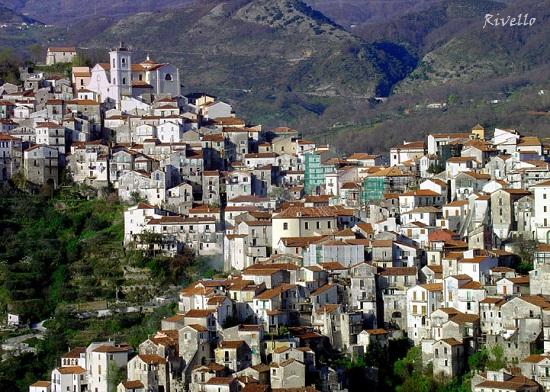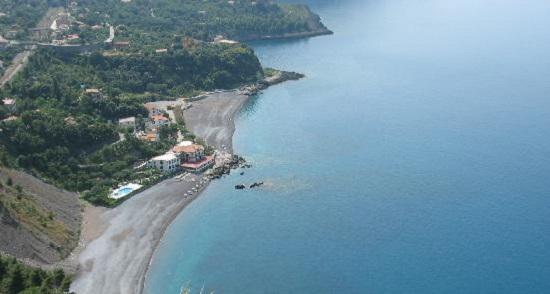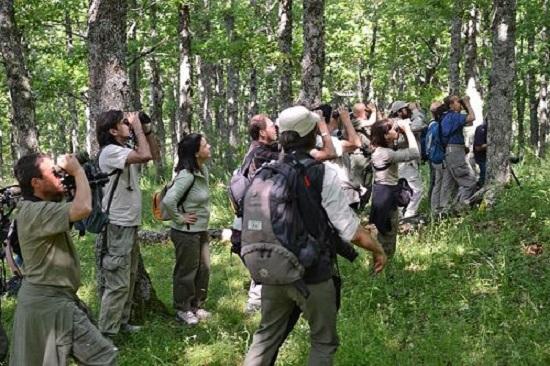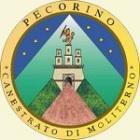
|
||||||||||||||||||||||||||||||||||||||||||||||||
|
|
Potenza Province
The province is surrounded only for a few kilometres by the Tyrrhenian Sea and is bordered by the Campania region on the west (provinces of Salerno and Avellino), Apulia on the north (provinces of Foggia, Barletta-Andria-Trani and Bari), the province of Matera on the east and Calabria on the south (province of Cosenza). Wider than the other lucanian province (Matera), the province of Potenza is characterized by the multiplicity of environments of the area. Indeed, there are many industrial towns, such as San Nicola of Melfi, but there are also natural environments like the Lake Monticchio and the artificial lakes of Monte Cotugno, Pertusillo, Acerenza and Rendina.
Furthermore, the coast of Maratea deserves a visit, as it is the only access to the sea for the province, as well as the central area of the forest of the Basilicata, the extensive National Park of Pollino, shared with the Matera province and the Calabria region, and the wildlife reserves of the Lake Pantano di Pignola (managed by WWF) and Abetina.
Although Potenza was mostly rebuilt after having being destroyed by many earthquakes that have occured in the past (the last one in 1980), the city has many important marks of ancient times.
Furthermore, the Archivio di Stato, with 14th-century documents; the Romanesque Church of San Michele Arcangelo, built in the 12th century in Romanesque style, housing many important works of art like the “Madonna del Carmine” and the “Madonna del Rosario e dei quindici misteri”; and the Church of S. Maria del Sepolcro, built in the 12th century, which hosts a marble bas-relief of the “Madonna with Child and Angels”.
Very close to Potenza, it's worth to pay a visit to the ancient villages of Tolve and Vaglio Basilicata, with a native residential area and one of the most ancient sanctuaries of the region (sanctuary of the Mephitis goddess).
In the northeastern area of Potenza many villages raising amidst the nature, surrounded by green and deep valleys or by forests of turkey oaks, chestnut trees, beech trees or fir trees. Renowned villages are Muro Lucano, with its Castle, its Cathedral and the National Archaeological Museum.
In the south of Potenza, it's worth to visit the medieval village of Brienza, Picerno and Vietri di Potenza.
In the southeastern area of the province, the Dolomiti Lucane, heart of the Regional Natural Park bearing the same name, with the beautiful villages of Brindisi di Montagna, Castelmezzano and Pietrapertosa, the highest municipality of the Basilicata region (1088 m).
In the southern part of the province rises the Vulture mountain, an extinct volcano completely covered by forests. Two wonderful castles tower very close to it.
The first one is the Castel Lagopesole in the Avigliano municipality, built by Federick II of Swabia in 1242 on ancient ruins of a previous costruction. The complex reveals an exceptional structure because of its inner, embodied church, which is a real church and not only a simple chapel like in other buildings of the same age.
The second one is the Castello di Melfi, which Frederick II erected on the ruins of a previous fortification in the heart of the suggestive medieval village bearing the same name.
Not to miss, as well, the Castle of Venosa, renowned because Horace, the Latin poet, was born here.
Besides the Castle, housing the National Archaeological Museum, it's worth to pay a visit to the Cathedral, the unfinished church of the Trinity Abbey and the Archaeological Park,
...an extensive excavation area with ruins of a thermal baths complex, a domus, a residential and an episcopal compound, an unfinished church and an amphitheater.
Still in this province, close to the Tyrrhenian coast, the Archaeological Area of “Grumentum”, an ancient roman city built in the 3rd century BC of which some ruins remain: the theatre, the italic little temple, the domus with some mosaics, the area of the Forum with the Capitolium, the Augusteum, the Basilica and the amphitheatre.
Nearby, the National Museum of Alta Val D'Agri. The villages of Moliterno, Marsico Nuovo, Viggiano, Rivello and Lagonegro are worth to be mentioned, too.
Finally, right on the Tyrrhenian coast, the wonderful city of Maratea, with its historical centre and its very narrow streets dating back to its medieval foundation. 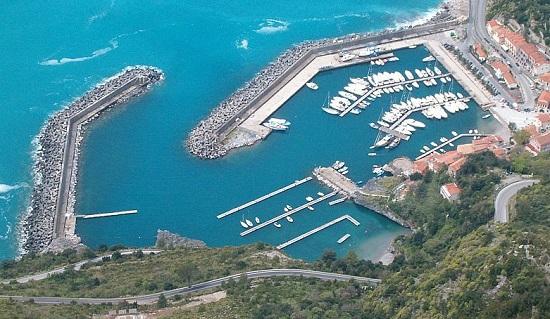
Close to the centre of the town, on the San Biagio mountain, one reaches the ruins of ancient Maratea, the Sanctuary of S. Biagio and the statue of the Redeemer. The province of Potenza offers to sea lovers 30 kilometers of coast with clear waters, secluded beaches, green areas all around the rocks and wonderful landscapes.
Potenza offers many possibilities for underwater sports: diving, underwater photography and fishing, boat trips, water-skiing, canoeing and windsurfing. For pothering lovers, the northern coast of Maratea is full of caves, such as the Dreaming cave, the Dragon cave, the Monacelli cave and the cave of Marina of Maratea. For hiking and trekking lovers, Potenza proposes unforgettable destinations all over the year as for example the Dolomiti Lucane and the Serra Dolcedorme. Moreover, the wildlife reserve of the lake Pantano di Pignola is a real paradise for birdwatching lovers: from wood huts spread all around the park it's possible to watch at buzzards, eurasian coots, kites, hawks, herons, cormorants and, during spring and summer time, at little grebes, symbol of the reserve.
The rural -historical environmental Park of Basilicata, (in the Forest of Grancia) offers special routes to widen the knowledge of local rural life. Other pages you might be interested in | Basilicata region | Matera province | Sassi di Matera / Matera | Hamlets of Aceranza | Castelmezzano | Pietrapertosa | Guardia Perticara | Venosa | |

|
||||||||||||||||||||||||||||||||||||||||||||||
|
||||||||||||||||||||||||||||||||||||||||||||||||
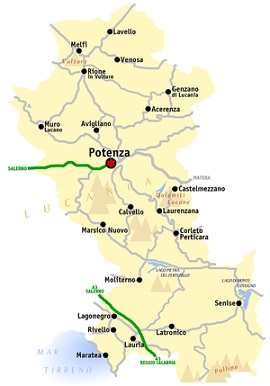 The province of Potenza, one of the two provinces of the Basilicata region, comprises 100 municipalities, among which the city of Potenza, The city is the highest regional capital and one of the highest provincial capitals in Italy, overlooking the valley of the Basento river in the Apennine Mountains of Lucania, east of Salerno.
The province of Potenza, one of the two provinces of the Basilicata region, comprises 100 municipalities, among which the city of Potenza, The city is the highest regional capital and one of the highest provincial capitals in Italy, overlooking the valley of the Basento river in the Apennine Mountains of Lucania, east of Salerno.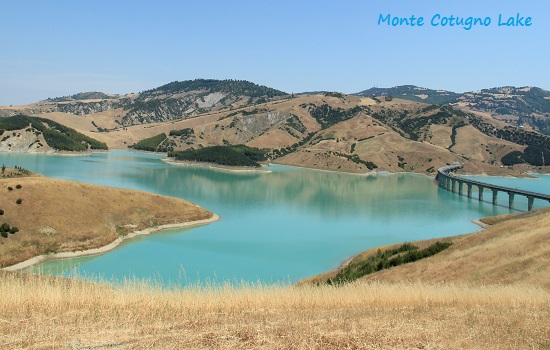
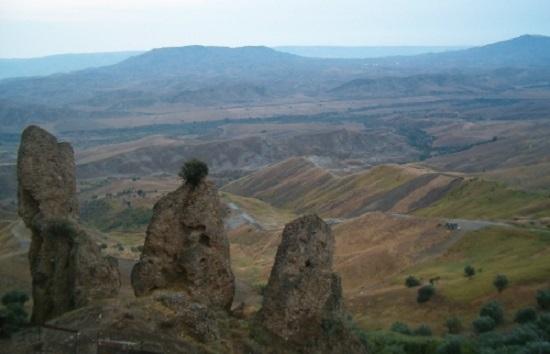
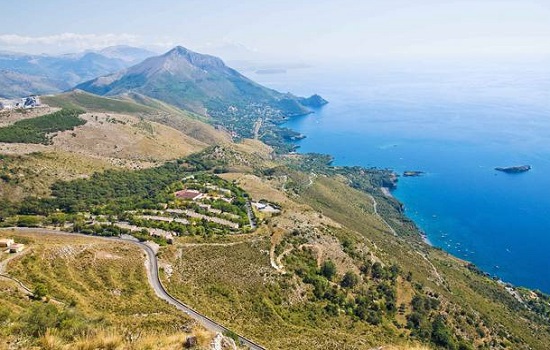
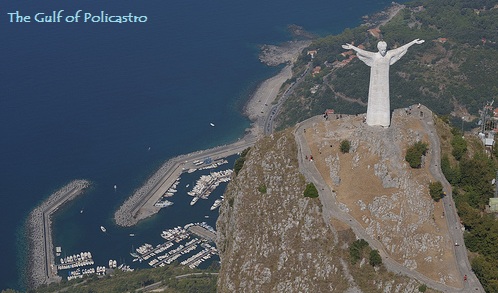
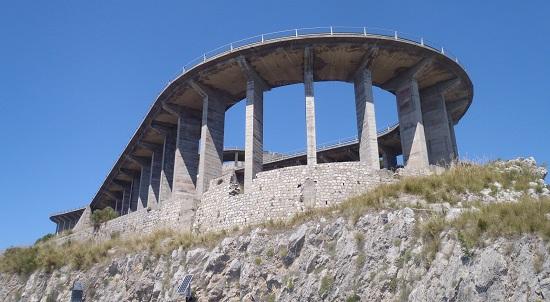
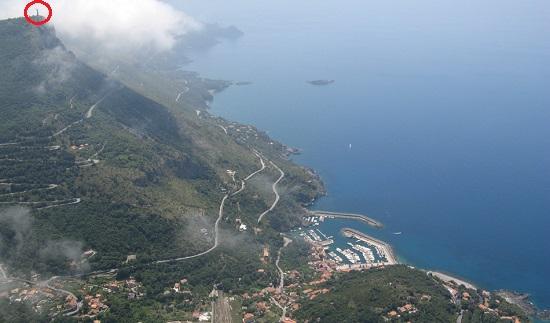
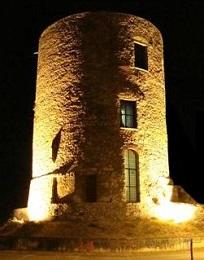 The Cathedral, built in the 12th century and renovated during the neoclassical age, housing interesting works of art; the Torre Guevara, evidence of the medieval castle; the roman Villa of Malvaccaro, characterized by some beautiful mosaics; the Edicola of San Gerardo, a very little temple built in 19th century to host a revered Saint's statue; the National Archaeological Museum and the Provincial Archaeological Museum, with many historical finds linked to the past of the city.
The Cathedral, built in the 12th century and renovated during the neoclassical age, housing interesting works of art; the Torre Guevara, evidence of the medieval castle; the roman Villa of Malvaccaro, characterized by some beautiful mosaics; the Edicola of San Gerardo, a very little temple built in 19th century to host a revered Saint's statue; the National Archaeological Museum and the Provincial Archaeological Museum, with many historical finds linked to the past of the city. 